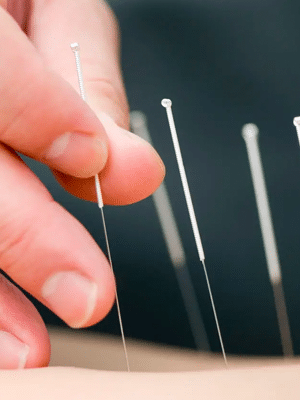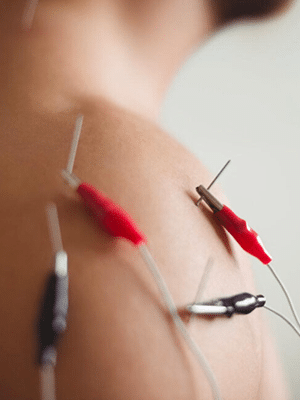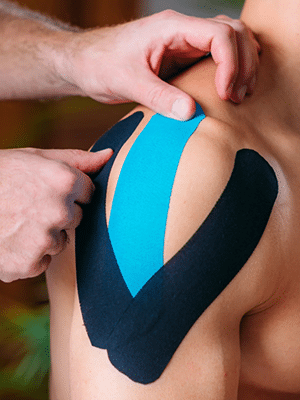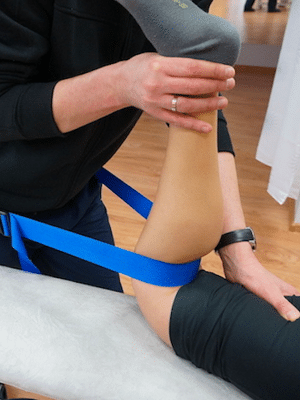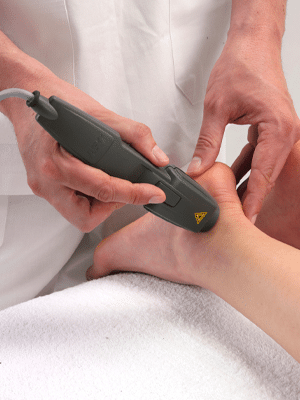Our shoulders are critical yet often overlooked joints that enable a broad spectrum of motions, from reaching to lifting. Safeguarding the integrity of this vital joint is essential, considering its complexity and vulnerability to injury. The shoulder joint, serving as a hub for arm movement, engages several muscles to operate smoothly and effectively.
Shoulder Pain
Shoulder pain conditions we can treat
Rotator Cuff Tendinitis is frequent in the shoulder due to its extensive use in virtually all arm activities. Tendinitis can arise from sudden injury or overuse, causing pain and instability in the joint. The rotator cuff is a group of muscles and tendons that stabilise the shoulder, and tendinitis is the inflammation of these tendons.
The symptoms typically include a dull ache deep in the shoulder, which may worsen at night, especially when lying on the affected side. Patients might also experience weakness and limited range of motion in the arm.
Frozen Shoulder (Adhesive Capsulitis) occurs when the connective tissue surrounding the shoulder joint becomes thickened and tight, severely restricting motion. This condition often develops gradually, with pain and stiffness increasing over time.
Shoulder Bursitis is caused by inflammation of the bursae, small fluid-filled sacs that cushion the shoulder joint. Similar to bursitis in other joints, it can result from repetitive motion or pressure on the shoulder. Symptoms include swelling, pain, and limited movement in the shoulder.
Osteoarthritis of the shoulder develops when the cartilage that cushions the bones of the shoulder deteriorates over time. This condition can lead to significant pain, stiffness, and decreased range of motion in the shoulder.
Shoulder Impingement Syndrome is caused by excessive rubbing of the shoulder muscles against the top part of the shoulder blade, known as the acromion. It often occurs in athletes and those who engage in frequent overhead activities. Symptoms include pain, weakness, and loss of motion in the shoulder.
Shoulder pain assessment
One of our upper body experts will begin by taking a detailed medical history of the patient to understand the onset, duration, and nature of the shoulder pain. They will then perform a physical examination, including palpation to identify tender areas, range of motion tests to assess joint mobility, and strength tests to evaluate muscle function around the shoulder.
Once we identify the issue, we will look at performing one or more of the various treatment options we have at the Foot Ankle & Body Experts Health Clinic.
Treatments for shoulder pain
Book your appointment today with one of our professionals

